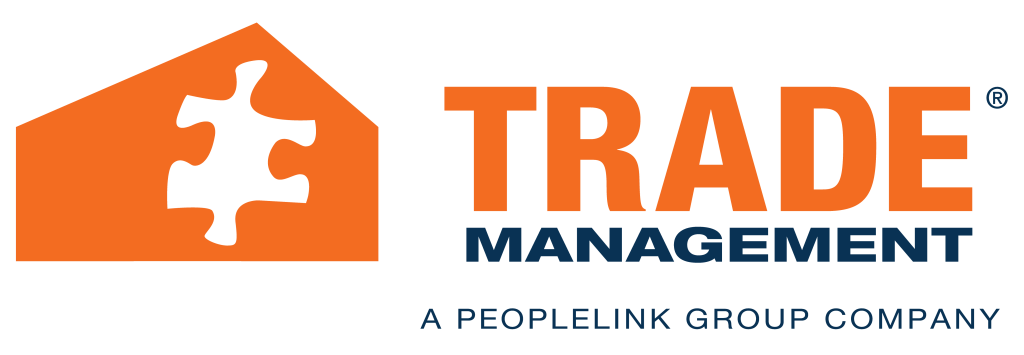Alternative procurement is becoming more common in creating infrastructure. These collaborative delivery practices are different from traditional low-bid or hard-bid contracting.
The contractor is involved in both the planning and design phases of a project using alternative procurement. This allows more effective management of costs and risks.
Alternative procurement lets the client choose the best team for a project. This type of input builds stakeholder trust.
One example of alternative procurement is the construction manager/general contractor (CM/GC) project delivery method. After the owner awards a pre-construction services contract, the owner, designer, and contractor collaborate on the direction of the project. The stakeholders develop the scope, optimize the design, improve the quality, manage the costs, and share the risks. These actions optimize the quality and efficiency of the project.
Optimizing the products, services, and business processes involved in design development improves project delivery and addresses sustainability issues. These actions increase the project’s success.
Discover how alternative procurement can benefit your company.
Hiring Based on Qualifications
The owner uses a qualifications-based selection (QBS) method to decide who works on the project. This minimizes the issues faced when hiring solely on cost.
- The owner selects the designer and contractor based on resume, experience, and references.
- The contractor can use experienced workers for each part of project delivery.
Greater Trust Among Stakeholders
Increasing trust among the owner, designer, contractor, and community increases the project’s success.
- Alternative procurement methods let the team more effectively address community feedback about the project.
- Listening to community feedback helps minimize opposition to the project.
Improved Delivery
Optimizing the products, services, and business processes involved with the project improves delivery.
- The contractor gives comprehensive advice about schedule, innovation, constructability, risk mitigation, and cost at each design milestone.
- The owner and designer can reassess and change the plan as needed.
Diverse Perspectives
The owner, designer, and contractor share their perspectives on a project.
- Multiple points of view help develop effective methods to meet community needs.
- The infrastructure provides diverse community benefits.
Source Workers for Projects
Trade Management has the skilled trade professionals needed to complete your construction projects. Learn more today.


